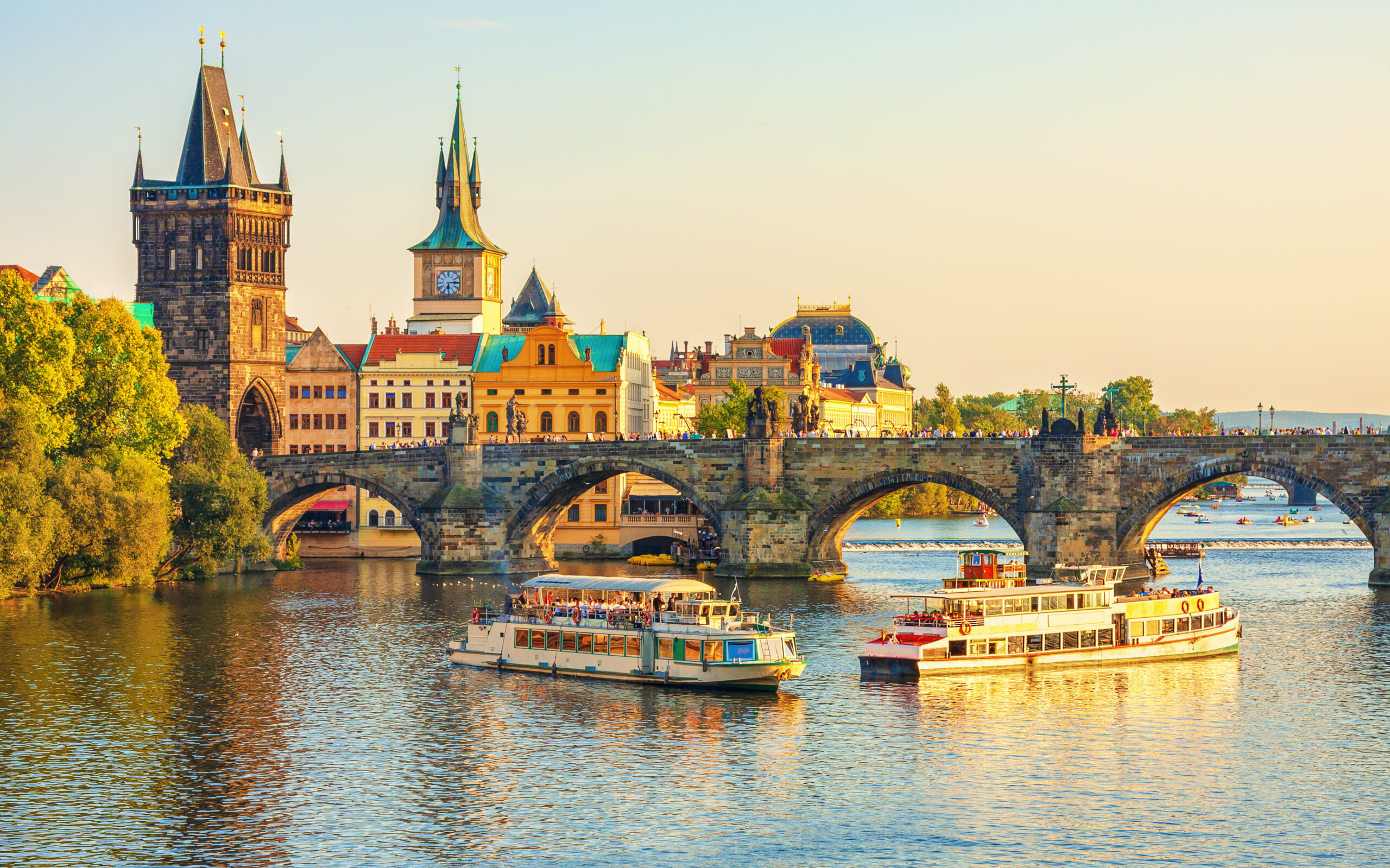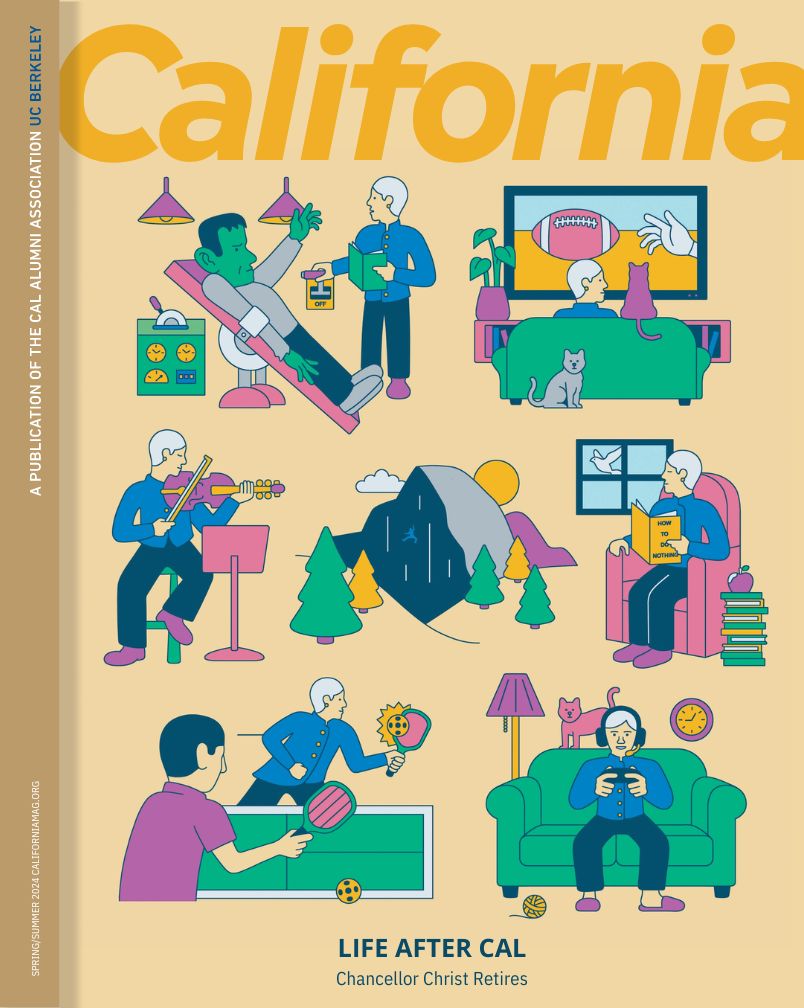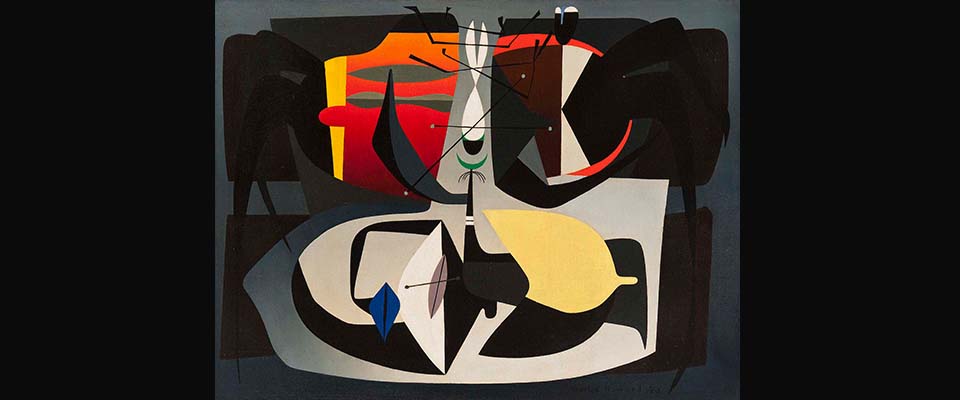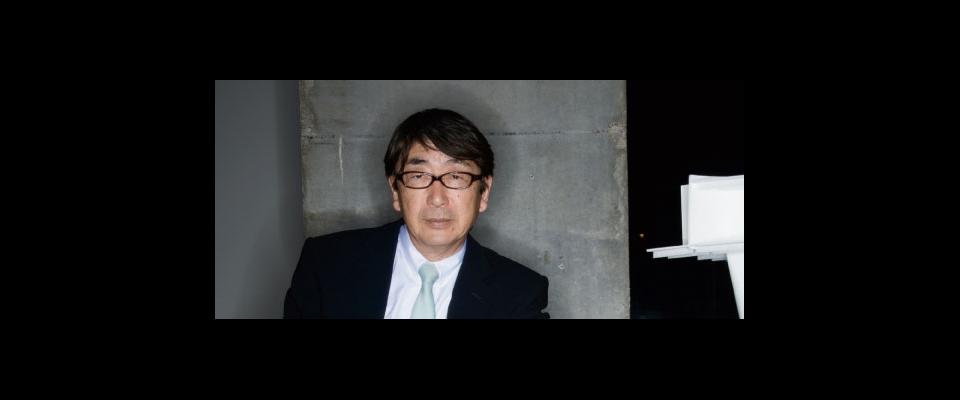This summer, the Berkeley Art Museum and Pacific Film Archive (BAMPFA) will be presenting the first US museum retrospective of artist Charles Howard’s work since 1946, charting the trajectory of his career from the early 1920s to the 1960s. Howard was a prominent figure in the surrealist and abstract art movements, and brought together the European and American movements of his time. “His unique contribution was this synthesis between abstraction and surrealism… working to create a very unique style that was working back and forth among these emergent forms of modernism,” explains the exhibition’s curator Apsara DiQuinzio.
Charles Howard was raised in Berkeley and began pursuing painting after receiving a degree in journalism from UC Berkeley. If his name sounds familiar, it may be because he’s the son of Berkeley’s supervising architect, John Galen Howard. The senior Howard founded the Berkeley School of Architecture and designed several of the original buildings on Berkeley’s campus, including Hearst Greek Theatre, Doe Library, Boalt Hall, Wheeler Hall, Sather Gate, and Sather Tower.

After graduating from Berkeley, young Howard traveled to Italy and had a formative moment while viewing the Castelfranco Madonna by Renaissance painter Giorgione. Struck by the confluence of Venetian and Florentine Renaissance styles in the painting, he decided he himself wanted to be a painter. As the son of artistic parents, he had both natural talent and family support on his side. He came back to the US and honed his craft in Greenwich Village, earning himself a solo exhibition at the Whitney Studio Club in New York in 1926, before moving to London in 1933. His work was featured in the International Surrealist Exhibition in 1936 and he had a solo exhibition at the Guggenheim-Jeune Gallery in London in 1939.
At the outset of World War II, he returned to the Bay Area, where he introduced elements of European modernism to the San Francisco art scene. In 1942, his work was included in Peggy Guggenheim’s Art of This Century Gallery, alongside works by artists like Max Ernst, Salvador Dali, Marcel Duchamp, and Wassily Kandinsky. The California Palace of the Legion of Honor organized a retrospective of his work in 1946.
Howard’s paintings are often dark and surreal, but they possess a unique sense of balance that puts the viewer at ease. Most of his pieces depict a landscape, shown in a state of metamorphosis. He claimed at one point that all of his paintings “are closely related… They are in fact all portraits of the same general subject, of the same idea, carried as far as I am able at the time.” He never disclosed what that idea might be, though, instead leaving it up to the viewer’s interpretation.

This exhibit aims to address another unique attribute of Charles Howard: though his work is significant, he is relatively unknown. That’s true despite the fact that his work was included in major exhibitions—often alongside the most well-known painters of the time—and held in high regard by the art community. DiQuinzio explained that, “if you don’t reach the level of recognition of someone like Picasso or Miro, leading figures of the movement, abstraction and modern art, then you sort of fall into the sort of margins of history.”
Geography may have been partly to blame for that. As an American living in London between the wars, he was viewed as an outsider both in the UK and at home in the United States. He was never fully embraced as a British artist because he was American, and was never fully considered an American artist because he lived in London. “He has kind of slipped through the historical cracks so to speak, and that’s something that we want to try to address and bring him back into historical focus with this exhibition,” said DiQuinzio.
The exhibit will showcase approximately 75 drawings and paintings by Howard, including rarely exhibited pieces like sketches sent to a friend who was in the hospital and propaganda posters created for the US government during World War II, and key pieces from each decade of his career. It will be open to the public from June 21st until October 2nd.





















